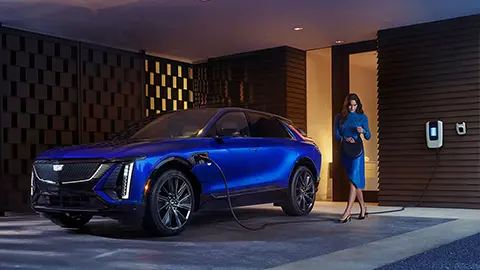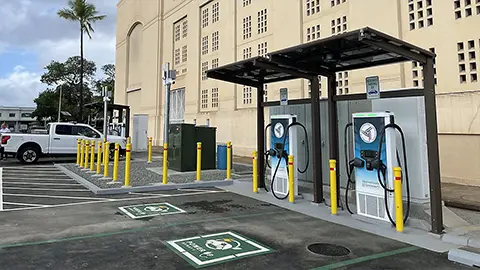The Hybrid Leader is Ready to Embrace EVs
Despite a long history with hybrid vehicles, Toyota, one of the world’s largest automakers, has been slow to adopt full-electric vehicles. Its strategy has been to add available hybrid drive to almost every passenger vehicle in its lineup, achieving significant incremental improvements in fuel economy and therefore CO2 emissions – rather than introduce battery-powered vehicles that sell in small numbers and arguably have a smaller effect on their cars’ overall greenhouse-gas footprint.
2022 marks a turning point in Toyota’s strategy, however, as it is preparing a full range of 30-plus battery-powered vehicles that will be introduced globally over the next few years. From SUVs of every size, to family sedans, to luxury Lexus models (which we’ll tackle in a future blog) and even work trucks, Toyota is all-in on battery electric now – and their size and production capacity means you’ll be seeing a lot of Toyota EVs on the roads in the future.
It’s not like the company hasn’t been doing its homework with batteries. Indeed, Toyota established an electric vehicle development division as early as 1992 – 30 years ago! – and actually sold very small numbers of full-electric RAV4 SUVs in 1996. The Prius was one of the first hybrids on the market in 1997, and has sold millions of copies globally, generating a ton of knowledge from real-world use.; in total, Toyota has produced 19 million hybrid and electric vehicle batteries!
At the end of 2021, Toyota global president Akio Toyoda laid out the company’s plans for a full range of electric vehicles, based on a dedicated platform developed for the global market. The company’s battery-electric vehicles will be branded “bZ,” standing for “beyond zero,” Toyota’s commitment to achieve overall carbon neutrality in manufacturing by 2035.

A Compact Toyota Crossover Aims at the Heart of the Market
The first product you’ll see on the roads will be the bZ4X. Arriving in dealers across North America by July 2022, it dives right into the heart of one of the compact crossover segment – one of the biggest and most competitive. Developed jointly with Subaru, the bZ4X features a sleek, “faceless” body punctuated by sporty SUV styling touches such as powerful black wheel flares, a raised ride height, and contrasting roof.
The futuristic styling extends to the spacious interior. Thanks to the dedicated e-TNGA electric vehicle platform, there is no transmission hump, meaning a flat floor; and lots of space to stretch out thanks to a long wheelbase. A panoramic glass roof brings lots of light inside, while a large touch screen and physical controls for important functions makes the bZ4X’s advanced technology easy to use. The electric architecture also provides many accessible USB charging plugs for all passengers.
With available all-wheel drive and a low center of gravity, the bZ4X should provide excellent handling. The standard front-wheel drive configuration offers about 250 miles of range, and the 72-kWh battery can be recharged from 10 to 80% in less than an hour. A price has yet to be announced, but expect front-wheel drive models to start in the high thirties, and the more expensive all-wheel drive models to be in the low forties, before federal and regional incentives.
The bZ4X is just the first of many vehicles to be built on the new platform, however. In an virtual preview event at the end of 2021, Toyota also revealed a number of EVs that will follow in its footsteps, including a beautifully-sleek midsize SUV targeted at the North American market, a large SUV with available third-row seating, and a midsize sedan. A small SUV designed more for Europe and Japan was also revealed. Toyota also promised to add full-EV options to many of its existing model lines, with the goal of having 30 new electric vehicles on the market by 2030

Diversified Options for Reducing Your Carbon Footprint
If that seems like the company is hedging its bets – adding full EV to existing model lines as well as introducing new models, and also keeping hybrids in the mix – it’s because it is. Toyota says that the green car space is evolving so quickly that it’s important to have a diversified range of CO2-reducing options, and that different markets will evolve at different speeds. Giving customers a range of choices to reduce their carbon footprint ultimately serves the greater good.
One thing’s for certain: Toyota’s been at the battery game a long time – so expect its new pure-electric products to be thoroughly engineered and reliable, as we’ve come to expect of the brand’s gas and hybrid cars.
















